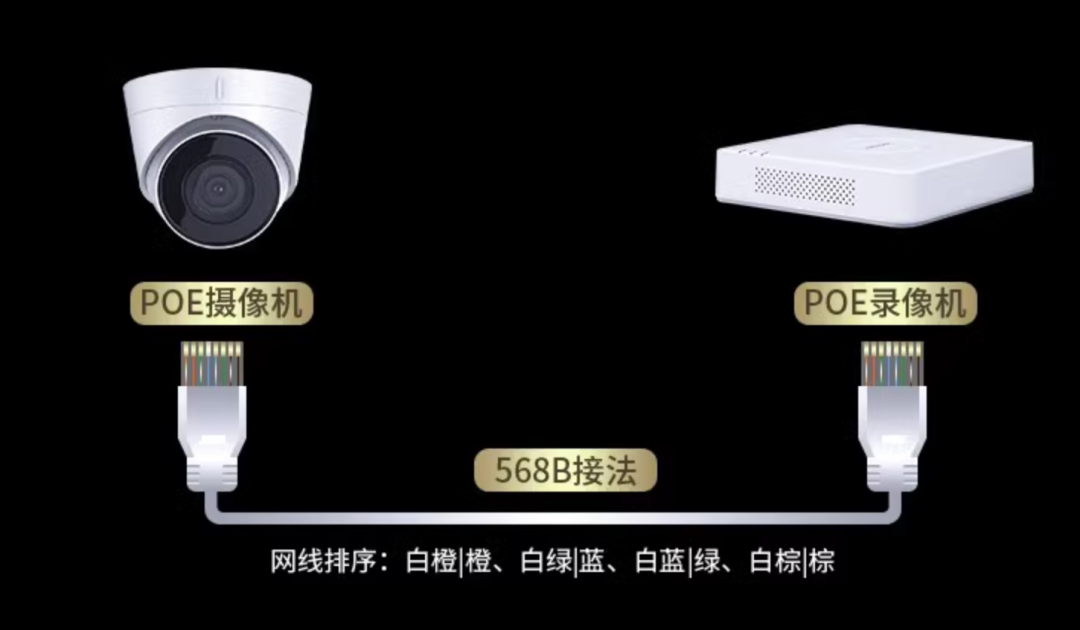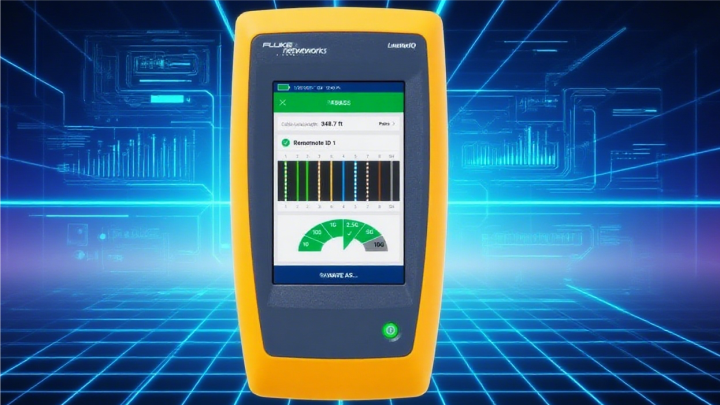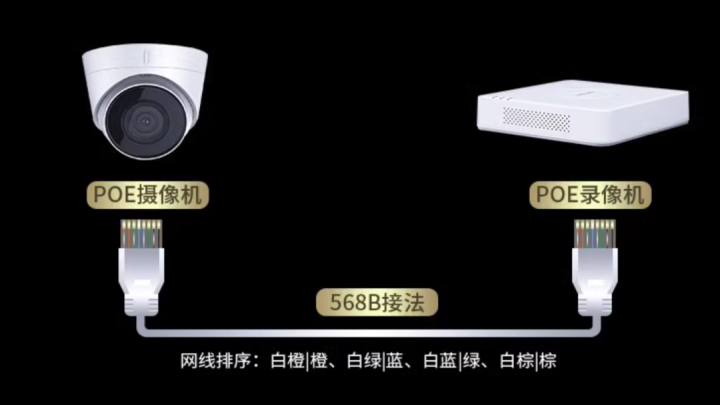How to Allocate IP Addresses for a 1000-Channel Large-Scale Network Monitoring System
How to Allocate IP Addresses for a 1000-Channel Large-Scale Network Monitoring System

Many friends have been asking about how to plan IP addresses for large-scale monitoring systems. In our previous article on designing a 1000-channel large-scale monitoring system, we didn't cover IP address settings. Proper IP address allocation and switch selection are crucial for large networks. IP address planning for large-scale monitoring is frequently discussed in弱电VIP technical groups.
For monitoring projects, many faults are caused by improper IP address settings, such as IP conflicts or some monitoring images not displaying. Therefore, reasonable IP address allocation is essential. We previously published related content, and in this article, we will discuss how to allocate IP addresses for a 1000-channel large-scale monitoring system.
1. Why Allocate IPs Reasonably
- For small monitoring projects, IP settings are simple, and most people won't make mistakes. However, for projects with over 300 points, errors are more likely. Why?
- First, if over 300 points are not divided into subnets and IPs are automatically assigned, IP conflicts are likely.
- If subnets are used, issues arise with IP allocation and subnet mask settings. Some people are unfamiliar with IP allocation, making mistakes more likely.
With 1000 IPs, proper planning is definitely needed.
2. IP Allocation Analysis for Large Networks
- For monitoring systems under 100 channels, they can be placed in the same subnet without issues.- For 200-channel systems, they can also be placed in one subnet.
If security is a concern, port isolation can be set up.- Theoretically, 1000 computers can be placed in the same subnet, such as: - 192.168.0.1—192.168.0.254 with subnet mask 255.255.252.0
- 192.168.1.1—192.168.1.254 with subnet mask 255.255.252.0 - 192.168.2.1—192.168.2.254 with subnet mask 255.255.252.0
- 192.168.3.1—192.168.3.254 with subnet mask 255.255.252.0
This creates a large subnet from 192.168.0.1 to 192.168.3.254 with subnet mask 255.255.252.0. However, almost no one does this because using DHCP for address allocation is unreliable and insecure. Good network planning isn't just about Barely manage to achieve the functionality:
Three, Large Network IP Address VLAN Division

Here, we will focus on the division of 1000 surveillance channels into VLANs. Using a layer 3 switch, we can directly divide into four VLANs, as shown in the figure:
VLAN10: 192.168.1.1~192.168.1.254 Subnet Mask 255.255.255.0
VLAN20: 192.168.2.1~192.168.2.254 Subnet Mask 255.255.255.0
VLAN30: 192.168.3.1~192.168.3.254 Subnet Mask 255.255.255.0
VLAN40: 192.168.4.1~192.168.4.254 Subnet Mask 255.255.255.0
Each VLAN can accommodate more than 250 monitoring points, and the four segments provide a total of 1000 IP addresses available for use, which is more than sufficient to allocate IP addresses for each area. Additionally, there is enough预留 for adding monitoring points in each area in the future. It is worth noting that the access layer switches need to be reasonably allocated, and the selection of access layer switches has been mentioned before, so we will not elaborate further here.
What are the benefits of dividing the network segments in this way? The IP addresses for the four areas are clearly distinguished. If a camera has an issue, you can quickly locate the problematic camera by performing a batch ping of IP addresses. At the same time, this effectively prevents IP conflicts, which are a common issue in network failures, and also reduces the likelihood of broadcast storms
-
fibre-optical
Jul 22, 2025
-
Classified by control technology
Jul 22, 2025
-
Aliyun VS Baidu Cloud
Jul 19, 2025
-
Smart factory network cabling
Jul 19, 2025
-
Full analysis of wiring test tools
Jul 19, 2025
-
Enterprise network cabling
Jul 19, 2025
-
Can you do smart control without the Internet
Jul 19, 2025
-
Principle of whole house intelligent control
Jul 18, 2025
-
Specifications and functions of light modules
Jul 18, 2025
-
Fiber optic engineering
Jul 18, 2025
-
Common classifications and their specific types:
Jul 18, 2025
-
Parking fee system
Jul 14, 2025
-
Video face recognition big data system
Jul 14, 2025
-
Starlink is a low-orbit satellite launched by SpaceX
Jul 14, 2025
-
5G base station project
Jul 14, 2025
-
5G and Starlink overview
Jul 14, 2025
-
Internet Data Center (IDC)
Jul 11, 2025
-
Enterprise LAN solutions
Jul 10, 2025
-
Video transmission theory
Jul 10, 2025
-
Patented technology and marked RJ45 crystal head
Jul 10, 2025
-
Advantages and disadvantages of intelligent control
Nov 30, 2024
-
Video Streaming Data Center
Nov 30, 2024
-
Computer Centre
Nov 30, 2024



























